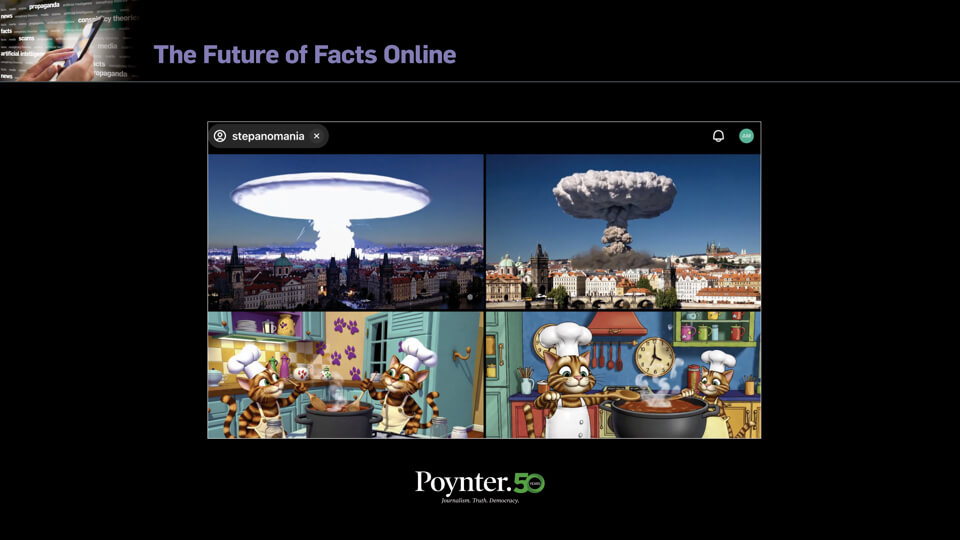Among the photos of smiling faces framed in gold scallops and marigolds, Grandma Almaraz sits surrounded by her daughters. The message with the photo is simple – “I remember you.”
Like it did last year, the Los Angeles Times built an online space for people to share memories of those they’ve lost with a Día de Muertos digital altar.
“Now, because we were so blown away by the success of this project last year, we wanted to improve upon it,” said Fidel Martinez, the Times’ editorial director for Latino initiatives and author of the Latinx Files newsletter.
Those improvements include a special print section with some of the submitted ofrendas – or offerings – a podcast episode with audio ofrendas and a physical altar, which was displayed Saturday at Hollywood Forever Cemetery’s Día de Muertos event. It included tributes to people who were part of last year’s altar as well as Times employees and their families.
Saturday’s event also included a booth where Martinez and Martina Ibáñez-Baldor, who helped create the project last year and now works as deputy design director, could talk with people in the community.
“In the spirit of this project, we’re really trying to just build community with Latinos in L.A. and earn their trust and try to tell their stories in the best way possible,” Ibáñez-Baldor said.
This year the @latimes built an altar as part of the annual Día de Muertos celebration at @CemeteryForever. It honors family members & former colleagues who have died. It also included reader submissions.
Go here to make a digital ofrenda to a loved one: https://t.co/RPISuMQsXB pic.twitter.com/KjDDDqpNiF
— Los Angeles Times (@latimes) November 1, 2022
That work started within the newsroom last year when the idea was pitched in a private Slack channel for Latino employees at the Times. Similar to a project on the Chicano Moratorium, where a protest against the Vietnam War turned deadly, Times staffers built off an idea they knew would resonate with communities in Los Angeles.
“I think it shows the newsroom and our leaders and editors that there’s value in telling these stories,” Ibáñez-Baldor said, “and there’s an audience willing to listen.”
And the Times, which publicly apologized in 2020 for its role in upholding racism, should get credit for getting behind those, Martinez said.
“I don’t think it’s hyperbole to say that without increasing Latino readership, there is no future for the Los Angeles Times,” he said.
According to a Times spokesperson, the Times website has 40 million unique visitors monthly, and about 6 million are Latino. Since we spoke last year, both Martinez and Ibáñez-Baldor are in new roles working on Latino initiatives.
Today and today only, it is ok to say that print is dead.
Check out the Sunday Weekend section of today’s @latimes paper pic.twitter.com/vyBIvShMnO
— Fidel Martinez (@fidmart85) October 30, 2022
When last year’s altar went up, the staffers who built it hoped to get 50 submissions. They got more than 1,000.
“I think part of the reason why this project has been successful is because it came from a place of prioritizing the audience,” Martinez said.
And that includes seeing the value in audience engagement teams. Newsrooms are no longer just competing with themselves, he said, but with countless ways people get information and entertainment. We’re outgunned, Martinez said, and that means newsrooms have to get creative.
They also have to remember, Ibáñez-Baldor said, that good journalism isn’t just about the words.
“Sometimes it seems like it’s writers and then everyone else,” Martinez agreed, “but in reality, we’re all journalists.”
The Times’ Día de Muertos altar isn’t thousands of words of beautiful prose. People chose a frame, upload a photo of someone they remember, “and then it’s people speaking for themselves.”

Screen shot, Los Angeles Times







